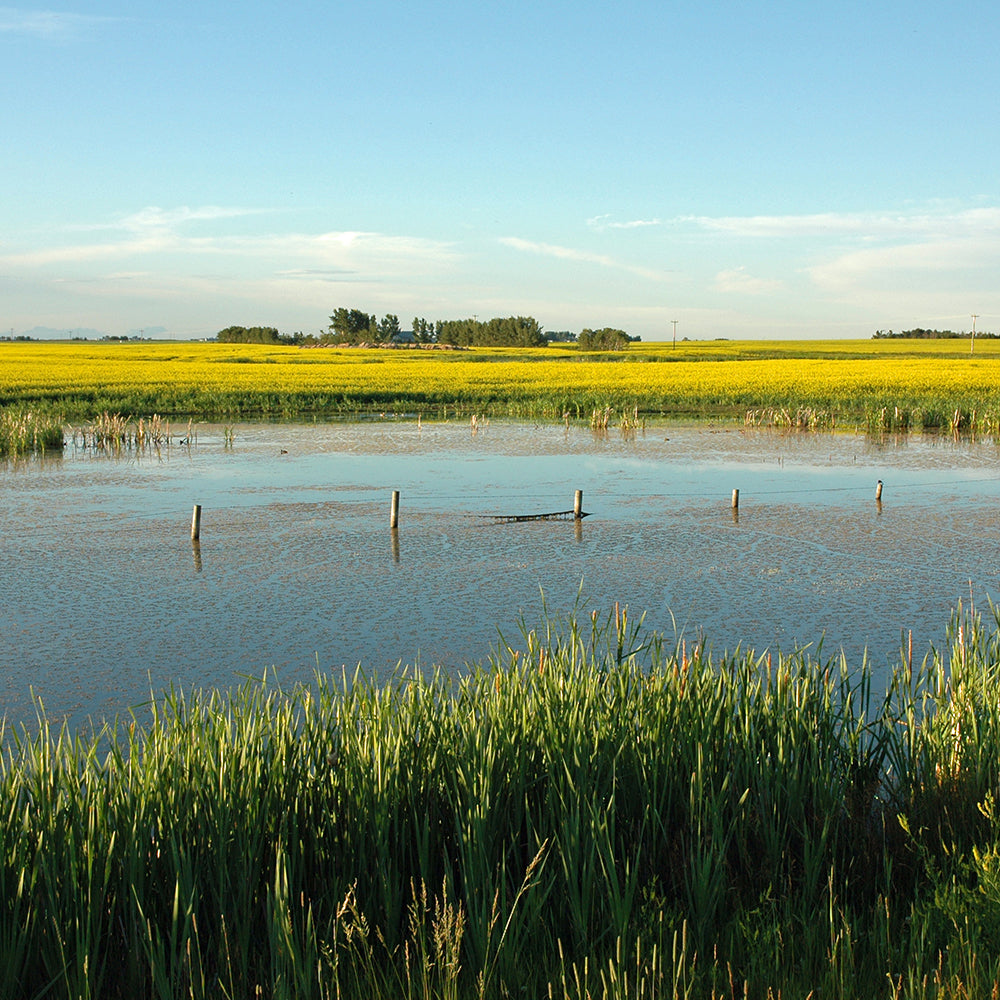MindFuel
Wetlands - Let's Do Science Bundle
Wetlands - Let's Do Science Bundle
Couldn't load pickup availability
Downloadable (1 PDF - 51 pages)
The following activities are included in this guide. The list is not prescriptive and teachers may select activities that are most appropriate for their students.
|
Activity |
Topic |
Resources included |
Additional resources required |
|
Lesson: Wetlands Role Playing |
Role play a pond ecosystem food chain. Emphasis is placed on how human activities impact existing food chains. |
Lesson plan Student worksheet
|
Video camera / smartphone or other recording device (one per group of 4-5 students) |
|
Lesson: The Food Web & Its Interactions |
Explore the complexity and interconnectedness of food webs. Students will consider ways which human interactions affect the environment around us, and what they can do to positively impact the environment. |
Lesson plan |
Computers / laptops for students (can work in pairs) Flip chart paper (one sheet per group) Flashcards (one for each students) Styrofoam / plastic cup (one for each student) Water Any clear, basic solution (eg. dish soap) Phenolphthalein Eyedropper Masking tape Ball of yarn |
|
Lesson: Food Web Game: Relationship & Stress |
Develop evidence of the cause and effect relationships within an ecosystem to develop a model of how an ecosystem in harmony is sustainable. |
Lesson plan Food web game details |
Pylons / cones Whistle |
|
Lesson: Food Web Game: Interactions |
Identify and predict patterns observed between organisms within an ecosystem. |
Lesson plan Food web game details |
Pylons / cones Whistle Paper and pencils Hard writing surface (for each student) |
|
Lesson: Nature’s Filter |
Build a model of a wetland to demonstrate how wetlands can prevent sedimentation of a lake by acting as a filter. |
Lesson plan Student worksheet |
Foil roasting pan 2 large sponges or florist foam Modeling clay Small watering can or spray bottle Sharp knife Potting soil Devices with internet access Whiteboard or chart paper and markers |
|
Lesson: Worm Farming |
This activity introduces students to vermicomposting, or worm farming, and the recycling of organic “waste” into something useful for plants/humans by the worms. |
Lesson plan Worm farming worksheet Worm farming anatomy |
Red wiggler worms Worm farming containers Dirt or coconut coir Variety of food for worms (eg. Plant based food scraps, newspaper, grass clippings) Misting spray bottle Newspaper Optional: Rubber / latex gloves for students Thermometer |
Share

